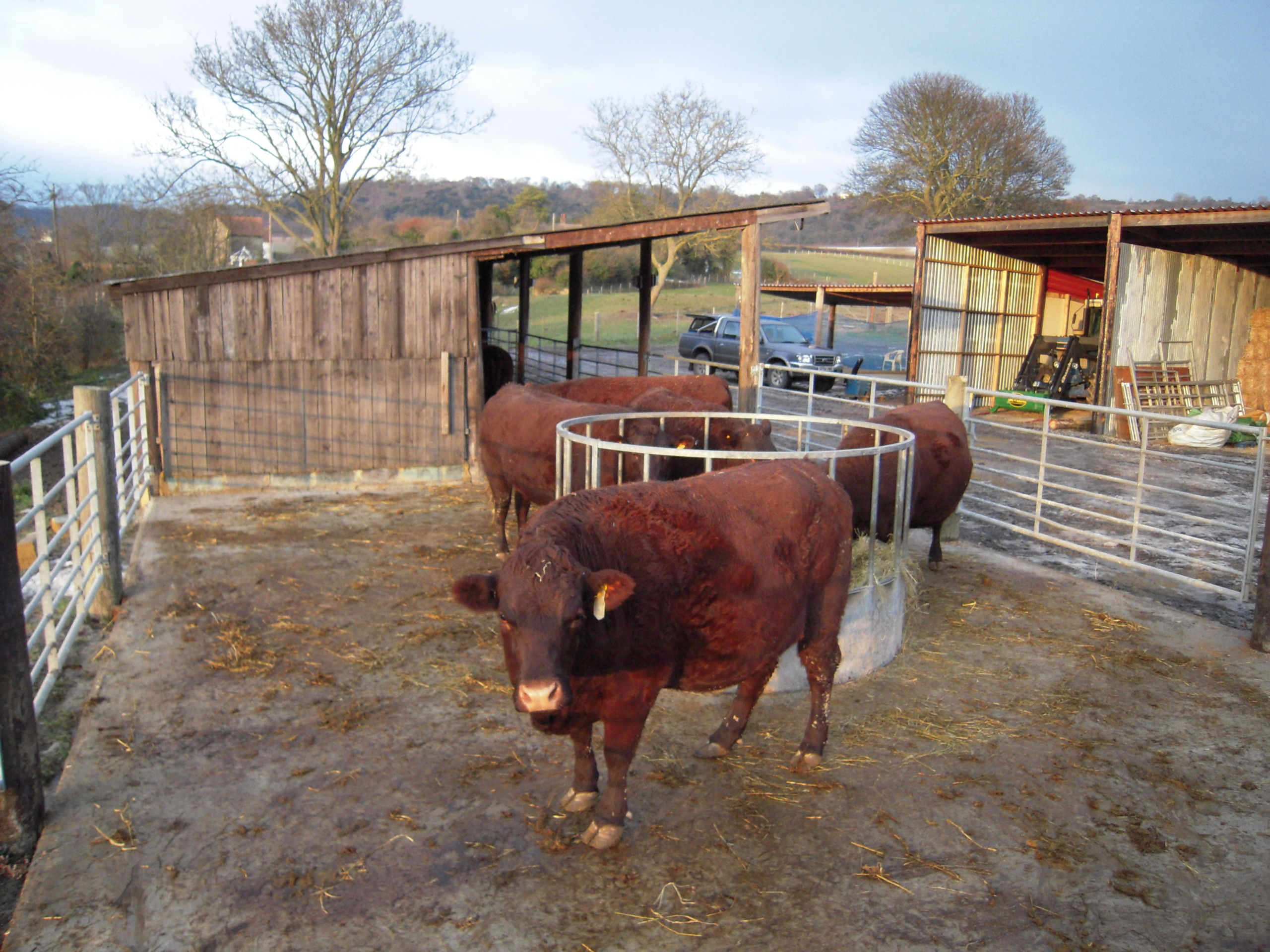Sir loin
Member
- Location
- North Yorkshire
I want some ideas please for the internal design of a new beef house that I intend to put up this year. I have applied for planning for a 45 x 20 metre shed to house 90 suckler cows in November as dry cows to calve March April. It is to be straw based with scraping passage,head locking yokes, an easy safe system for penning when calving (see my original thread on me not being as quick as I used to be!!!!).
Questions:
Questions:
- Central feed passage? (is it a waste of space)
- Big oversail and feed on outside (leaves stock open to the elements as no sides to shed) we are on an exposed site.
- How high to the eaves 4.5 metres?
- What size pens?








